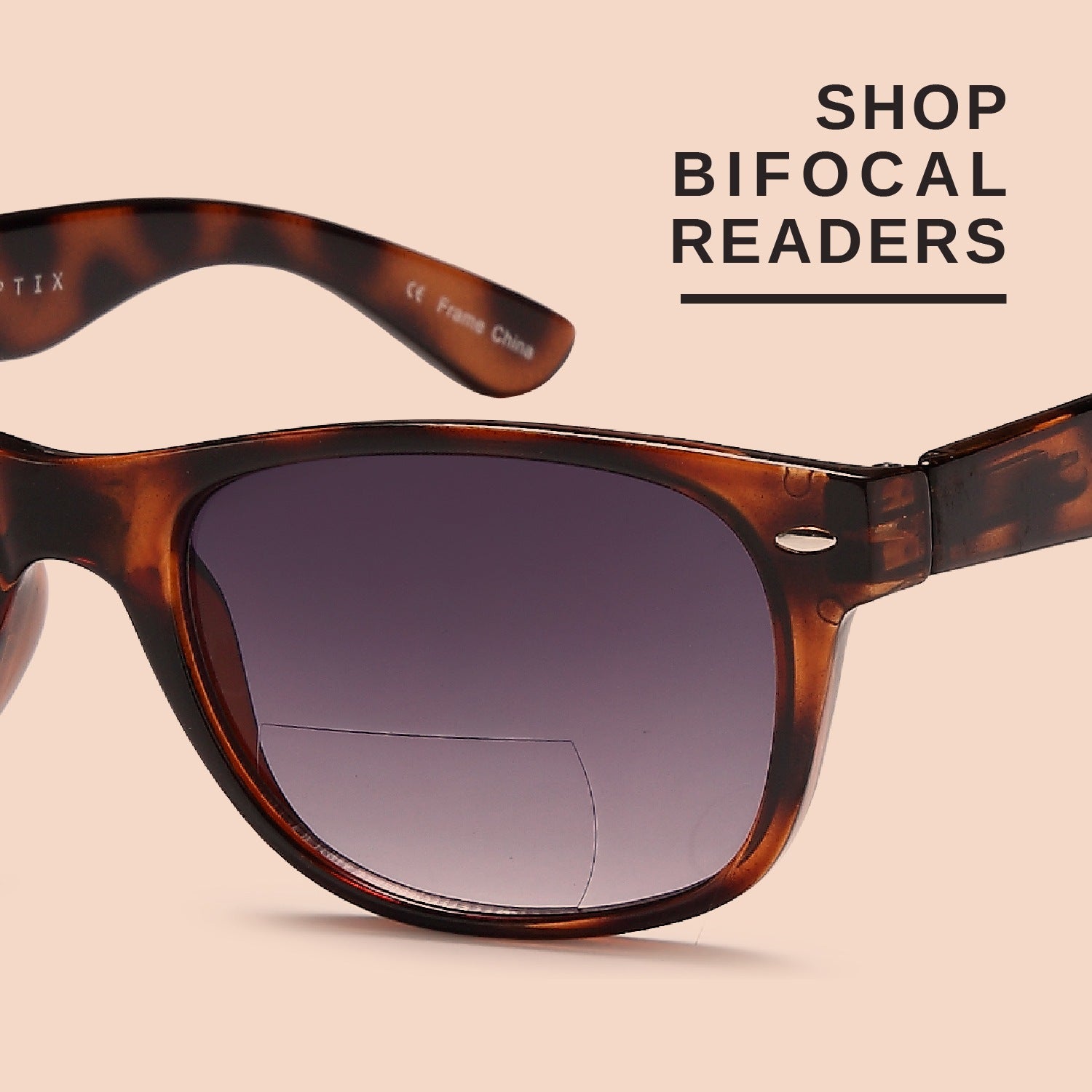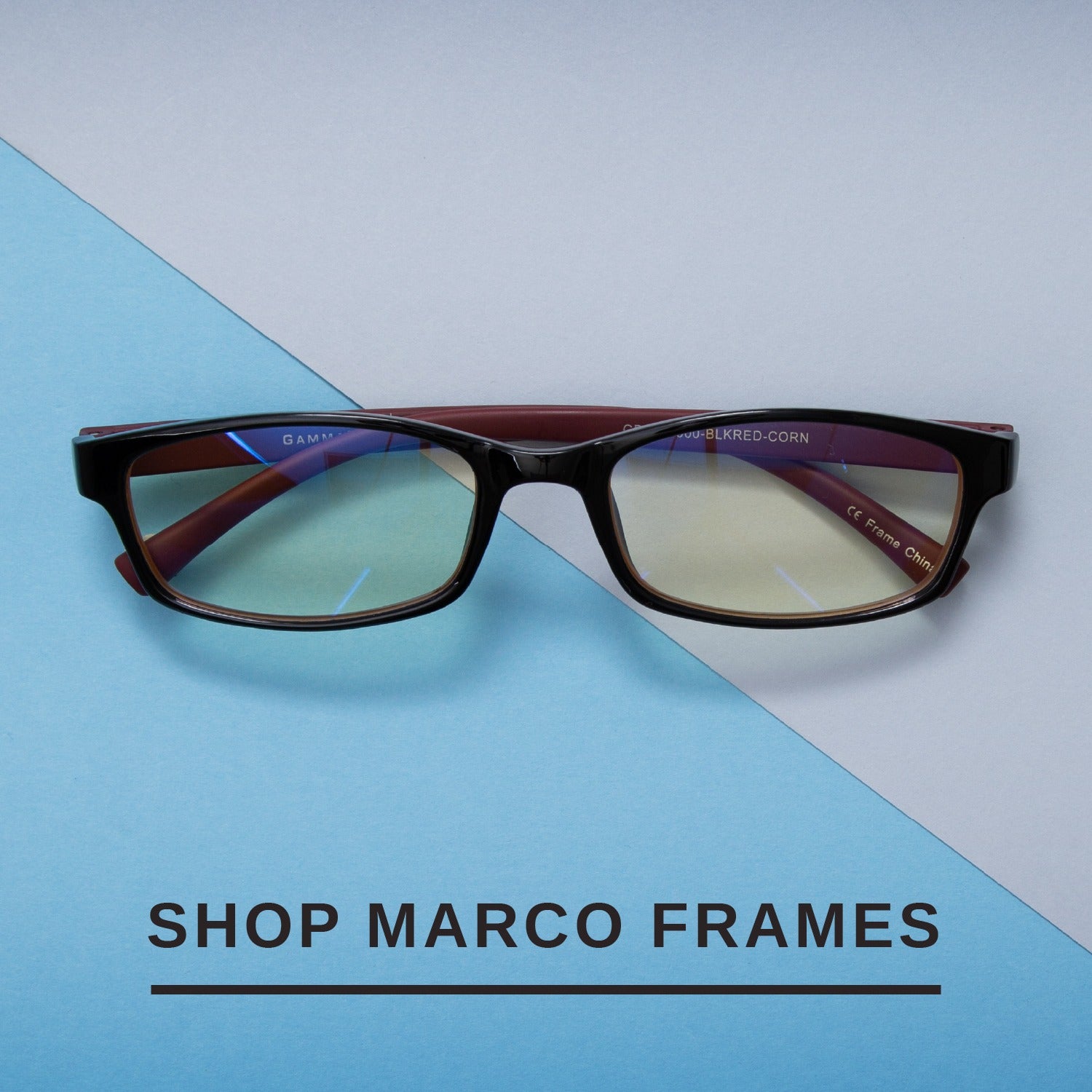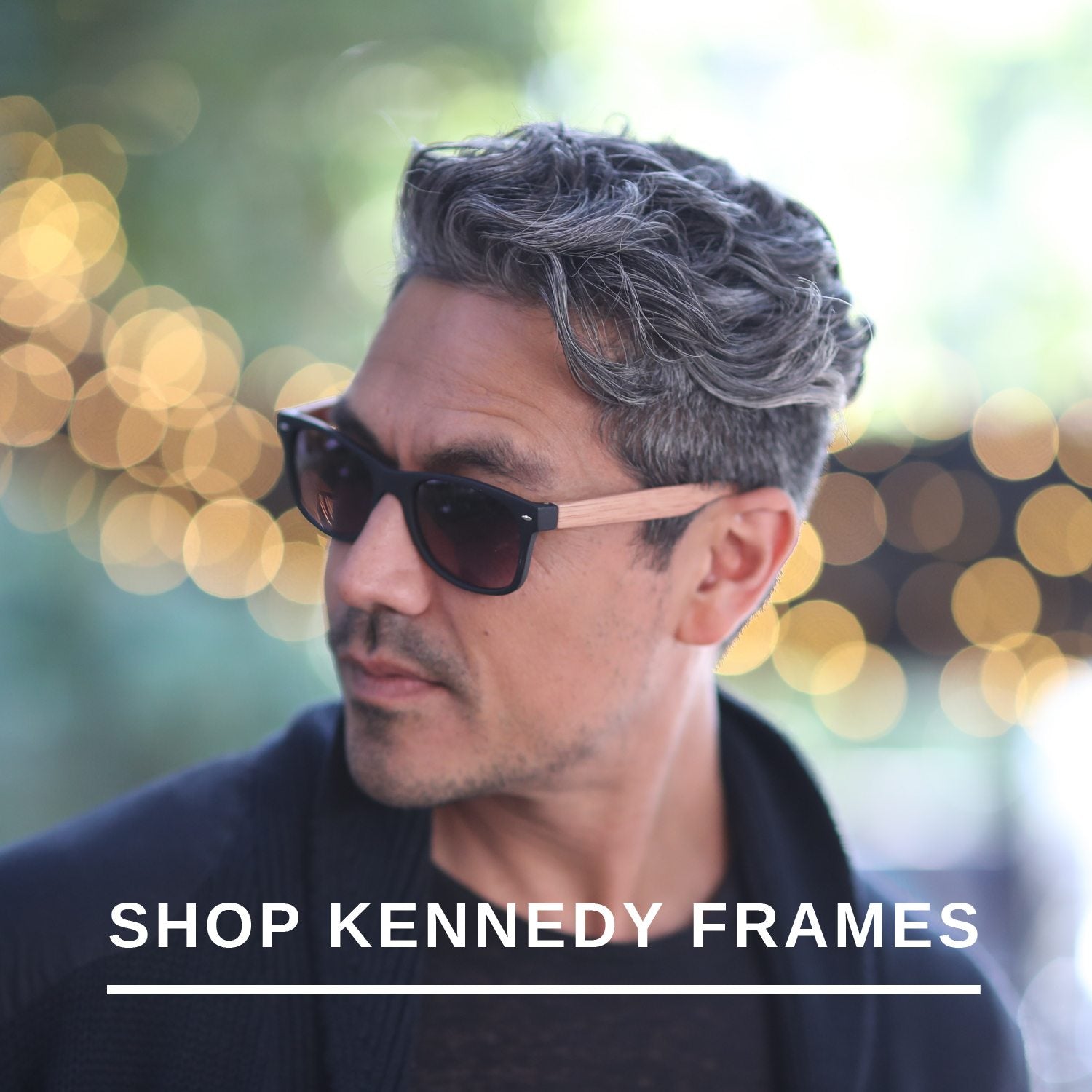
Today we think about sunglasses as items that complete our outfit for the day or serve as a means to keep the sun out of our eyes while enjoying outdoor adventures. We often give a lot of thought to the frame style in terms of fashion and functionality, but far too often, people don’t consider the effects of the sunglasses tint that they choose. Is this aspect just another part of a fashionable look, or does your lens color really matter in your day to day life? Let’s take a look at the options on today’s sunglass market and understand that when it comes to various colors, sunglasses aren’t all necessarily the same. First, a quick journey back in time will help us to understand where this type of eyewear came from and how it’s grown to where it is today.
The First Tinted Glasses
Take one stroll around your city or town and notice just how many people are wearing sunglasses - while it might not be everyone, it’s probably more than you’d expect. Yet wearing this type of eyewear wasn’t always so popular, and way back when, was reserved only for Chinese officials in the 12th century. Judges would wear rudimentary glasses with lenses crafted from smoky quartz, allowing them to hide their facial expressions when dealing with the witnesses of a crime. As time went on, the use of tinted glasses carried over into more practical applications, with James Ayscough utilizing blue and green lenses in 1752 with the hopes of correcting visual impairments. Later, in the 19th century, those with syphilis wore yellow and brown-tinted eyewear to help with their light sensitivity.
Protecting Your Eyes
The use of sunglasses didn’t really take on the sun protection aspect that they have today until much more modern times, and they’ve now become so integrated into our society that it would be hard to imagine life without them. But before we review the different sunglasses colors that are available, it’s important to understand just how they actually work. While they look stylish, do sunglasses really offer much of a benefit for your overall health and well-being?
Unlike a pair of frames with clear lenses, sunglasses are designed to block ultra-violet rays from reaching your eyes. This wavelength of light is emitted from the sun and can reach our delicate eye area on even the cloudiest of days, so eyecare professionals always recommend wearing sun protection anytime you are outside. The lenses in a pair of sunglasses are treated with a coating that absorbs UV rays, and a quality pair will keep 99% - or more - of this UV light away from your eyes. Aside from keeping your eyes healthy, the dark tint associated with sunglasses also helps to minimize brightness and prevents you from having to squint.

Today’s Lens Options
Let’s say you’re shopping for a new pair of sunglasses and you have a few different styles you like. Each of them features varying levels of sunglasses tint and you’re not really sure which will be the best one for you - how do you pick a pair? Our guide to tints will clear things up in no time:
- Gray: Considered to be one of the most popular lens colors, gray sunglasses are the best at keeping light out in bright conditions. The colors around you look the truest through a gray lens, making this selection ideal for bright days and overcast conditions alike.
- Brown or Amber: Although a brown or amber-tinted lens might not be the best choice in lower lighting conditions, this shade is great for bright days and works well to enhance colors. These sunglasses colors are popular for those who need increased contrast, so you’ll often see them on the faces of golfers and those who love fishing.
- Green, Yellow, Blue, and Red: Sunglasses tints other than gray and brown are often lumped together because they are utilized for specific purposes. Green lenses are considered to be great all-purpose options that function well in bright and dim conditions while yellow helps with clarity and focus. Those who enjoy recreational shooting as well as spending time on a computer find that yellow sunglasses are the best option for them. Both blue and red tints can help with brightness and are especially useful in the snow.

Considering Extras
When shopping for a new pair of eyewear, it’s not just sunglasses colors to consider, as there are other aspects of these glasses that can make a huge difference. Sure, sunglasses help to block UV light and work to reduce glare, but is a dark lens alone really enough to do all of that? Some say no and opt for additional features when it comes to their lenses. A popular option is polarization, an additional layer that’s used when manufacturing sunglasses. This allows only certain angles of light to pass through a lens, thus eliminating even more glare than with a traditional tinted option. Others like to buy sunglasses that have a mirror coating on the front, as it not only looks cool but helps to deflect light in ultra-bright conditions. Lastly, an anti-reflective coating is sometimes applied to sunglasses, thus furthering their ability to keep your eyes comfortable on sunny days.
Several Pairs Can’t Hurt
One should consider sunglasses in the same way that they consider shoes - one pair isn’t enough for every single situation, and neither is your eyewear. If you wear sunglasses for fashion alone, even then, you can’t get away with just one set for all of your outfits. Consider shopping for your high-quality sunglasses at Gamma Ray Optix, where you’ll find durable frames, a variety of lens colors to choose from, and reasonable prices that allow you to purchase a pair for time at the beach, a pair for driving, and maybe even another fancy pair for the times when you need to dress up a bit. Before you make your selections, consider the sunglasses tints we’ve discussed and decide which colors will work best for your lifestyle.






